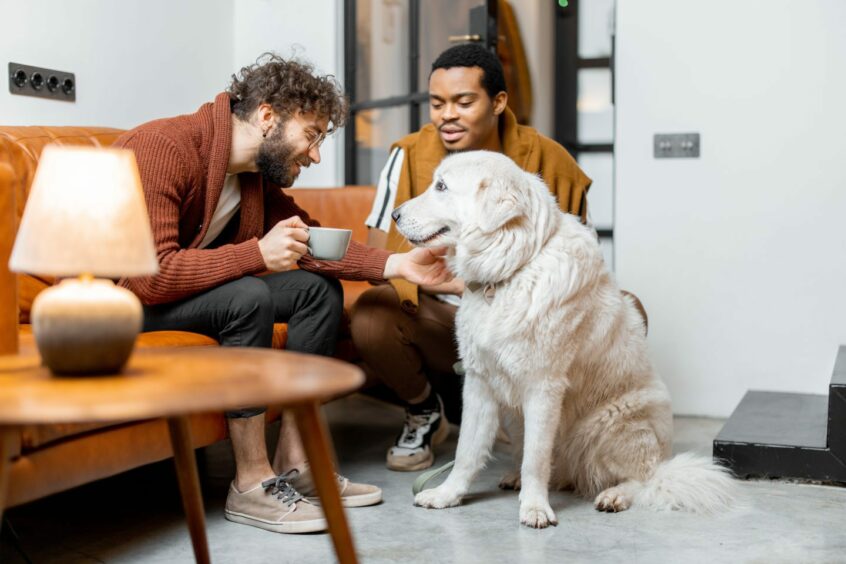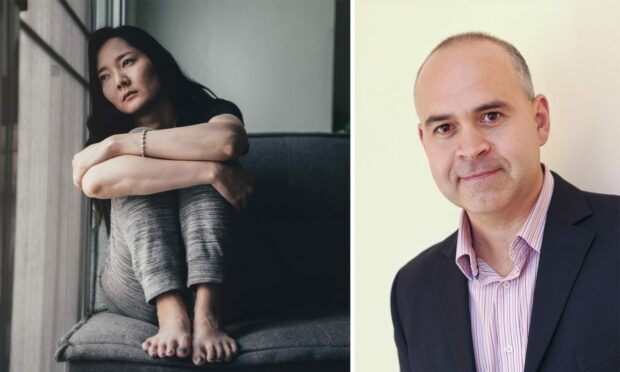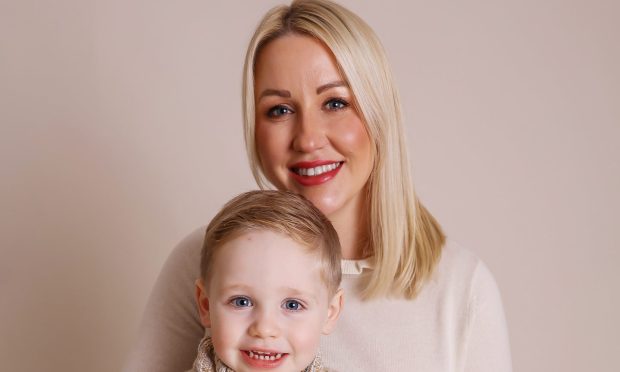Romantic relationships can be a hugely rewarding part of life. But for some, they are a source of anxiety or are avoided altogether.
The way we respond to relationships with partners is caused by our attachment style.
Your attachment style is formed by the interactions you have with parents and caregivers as a child and can endure into your own relationship with your partner into adulthood.
There are three main types of attachment style:
- Secure
- Anxious
- Avoidant.
We speak to Prof Ewan Gillon from First Psychology in Dundee and Perth to find out about attachment styles, how they impact relationships and tips to be secure in your relationship.
Secure attachment
People form a secure attachment style when they’ve had caregivers in childhood who are consistent and understand their needs and emotions.
This causes us to feel safe and to build up confidence in ourselves and our emotions.
People who are securely attached thrive in their relationships, but also don’t fear being on their own.
Prof Gillon explains: “Securely attached people feel confident in ourselves and don’t worry too much about what’s going to happen because we feel the relationship is secure.”
Anxious attachment
Someone with an anxious attachment might have experienced more inconsistent encounters with caregivers as a child, in terms of providing emotional support, being physically around, or reacting in varying ways.
Prof Gillon says: “This can make us unsure about what we can expect from people and therefore quite anxious and uncertain about relationships.
“That can travel with us into adulthood and we could be quite needy in relationships, for example.
“We might rely heavily on our partner for reassurance they still love us or want to be with us.”
Those who are anxious may also struggle to be apart from their partner.
Avoidant attachment
For those with an avoidant attachment style, caregivers have been available, but they haven’t been able to really understand how the person feel.
Prof Gillon continues: “In this case we’ve learned we don’t really have an emotional connection, so our relationship with them is disconnected.

“Maybe they don’t allow us to express a full range of emotions or don’t recognise when we’re upset or sad or worried. We begin to become disconnected from our own emotions.
“We feel uncomfortable in relationships where there’s this sense of deepening connection and emotional engagement because we’re not used to that in our lives.
“Relationships in adulthood can become very difficult for us.”
How does my attachment style impact me?
It’s clear your attachment style can have an impact on your relationship with your partner and others in your life. But it can have wider consequences.
Prof Gillon adds: “If you’re experiencing relationship anxiety, you’re probably spending a lot of time worrying about it because the relationship is really important to you.
“That can be really difficult and can affect your life in a whole range of ways. The worrying can impact on your job, friendships and other areas of life.

“One of the challenges for someone who is very avoidant is it can be hard for them to be in a relationship in the first place.
“It can be hard to open up and be close to people, which can have a huge impact on your quality of life.”
What can I do to help myself?
Prof Gillon has some tips for those struggling with their attachment style. Simply understanding your attachment style and why it’s that way can be the first step.
He continues: “For someone who is anxious, one way to cope is to look at the facts. Take what’s going on in your head and put it down on paper.
“You might have a belief there’s a problem with the relationship or it’s unravelling. But take it out of your head and ask yourself what the evidence is.
“It might be you’ve had the same argument 50 times and it’s always resolved itself and your partner is still here.

“In doing this, you’re able to reassure yourself, instead of seeking reassurance from your partner.
“if you’re avoidant, one of the most obvious ways we can help ourselves is trying to talk a bit more about ourselves to other people.
“It’s really difficult to talk about and understand your feelings if you’re avoidant.
“But being prepared to take a few risks and offer a bit more of yourself to other people can make a big difference.
“This is a really straightforward way of challenging yourself and pushing yourself into talking about you with your partner.
‘We’re constantly evolving’
“None of the attachment styles are ‘good’ or ‘bad’. They’re all perfectly legitimate, reasonable and understandable responses to the world.
“Whatever your attachment style is, it’s OK and it’s normal.
“But we all want to enhance our quality of life. Every time we do something differently, we change.
“We’re constantly evolving as human beings. We can aspire to something and get there by challenging ourselves and working towards our goals.”
Find out what your attachment style is by taking this quiz.
‘If I hadn’t donated a kidney to my wife, my cancer may not have been spotted’












Conversation